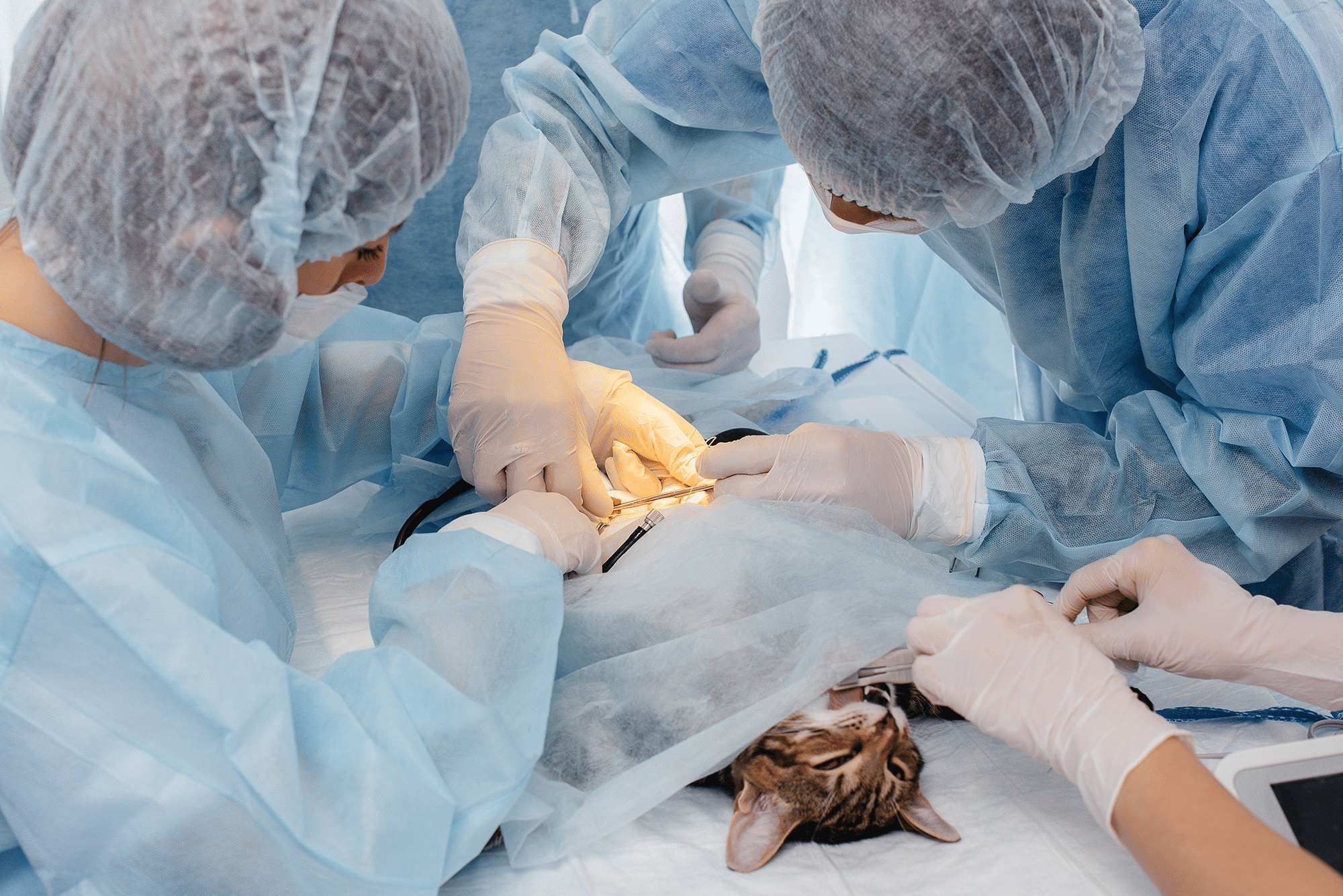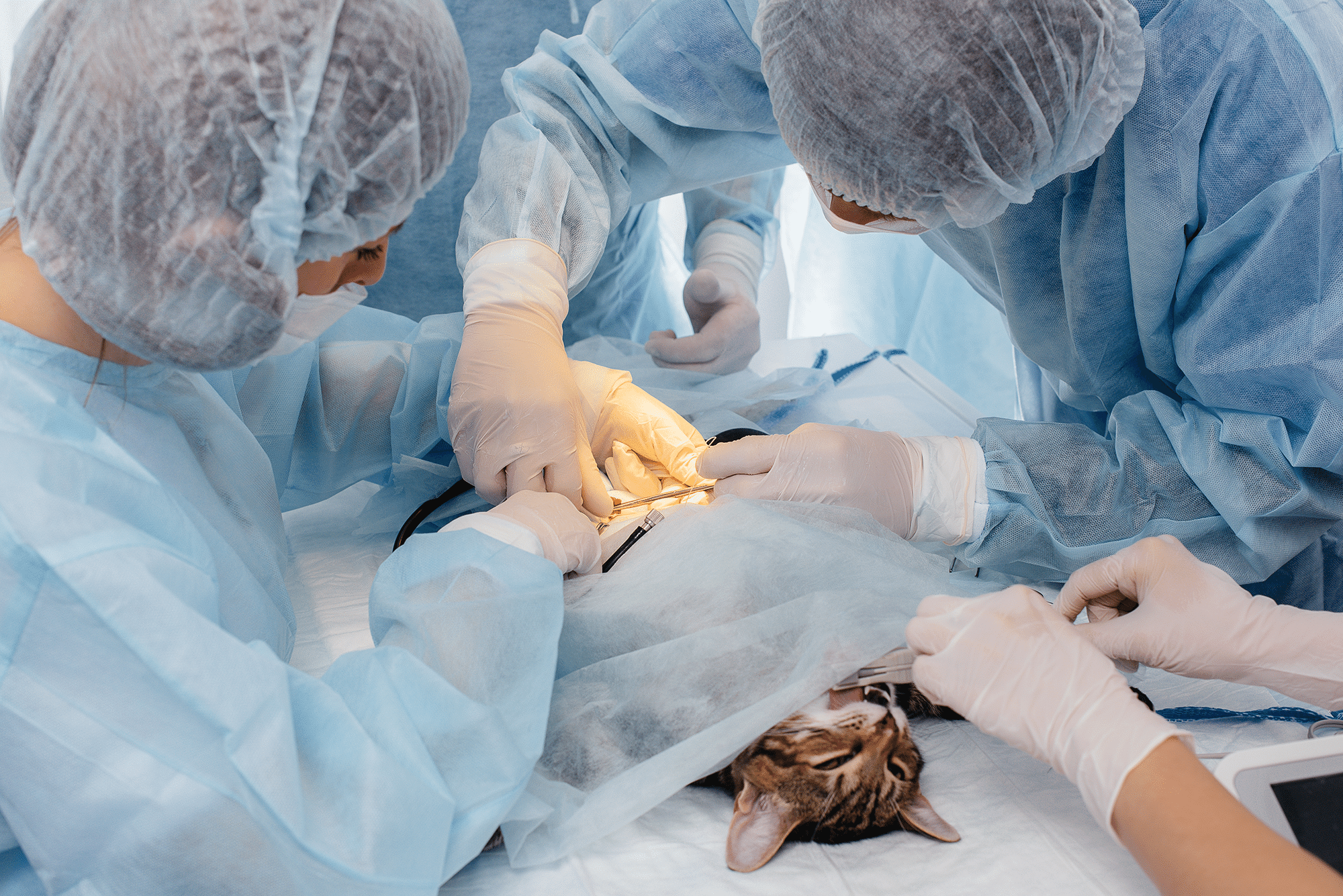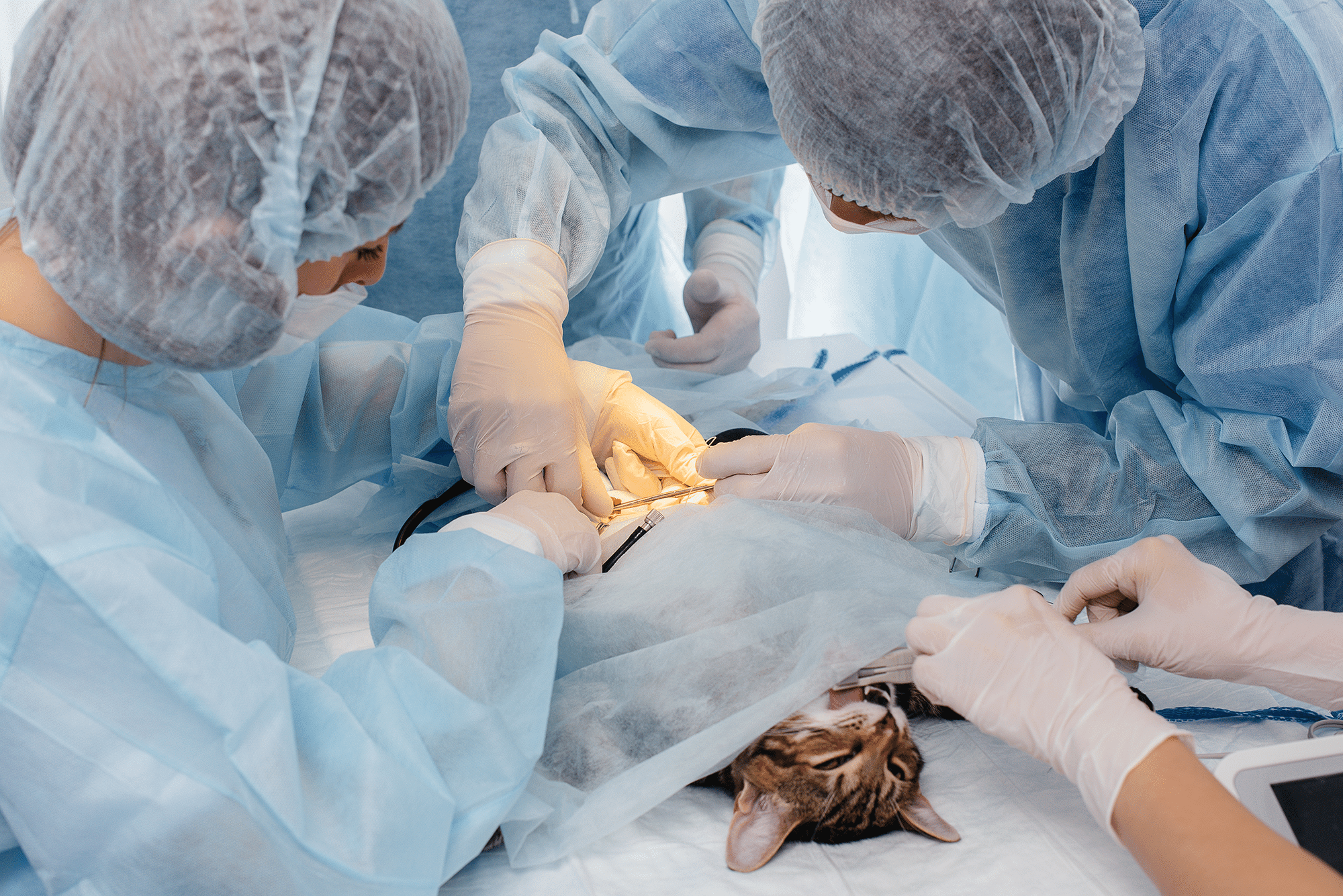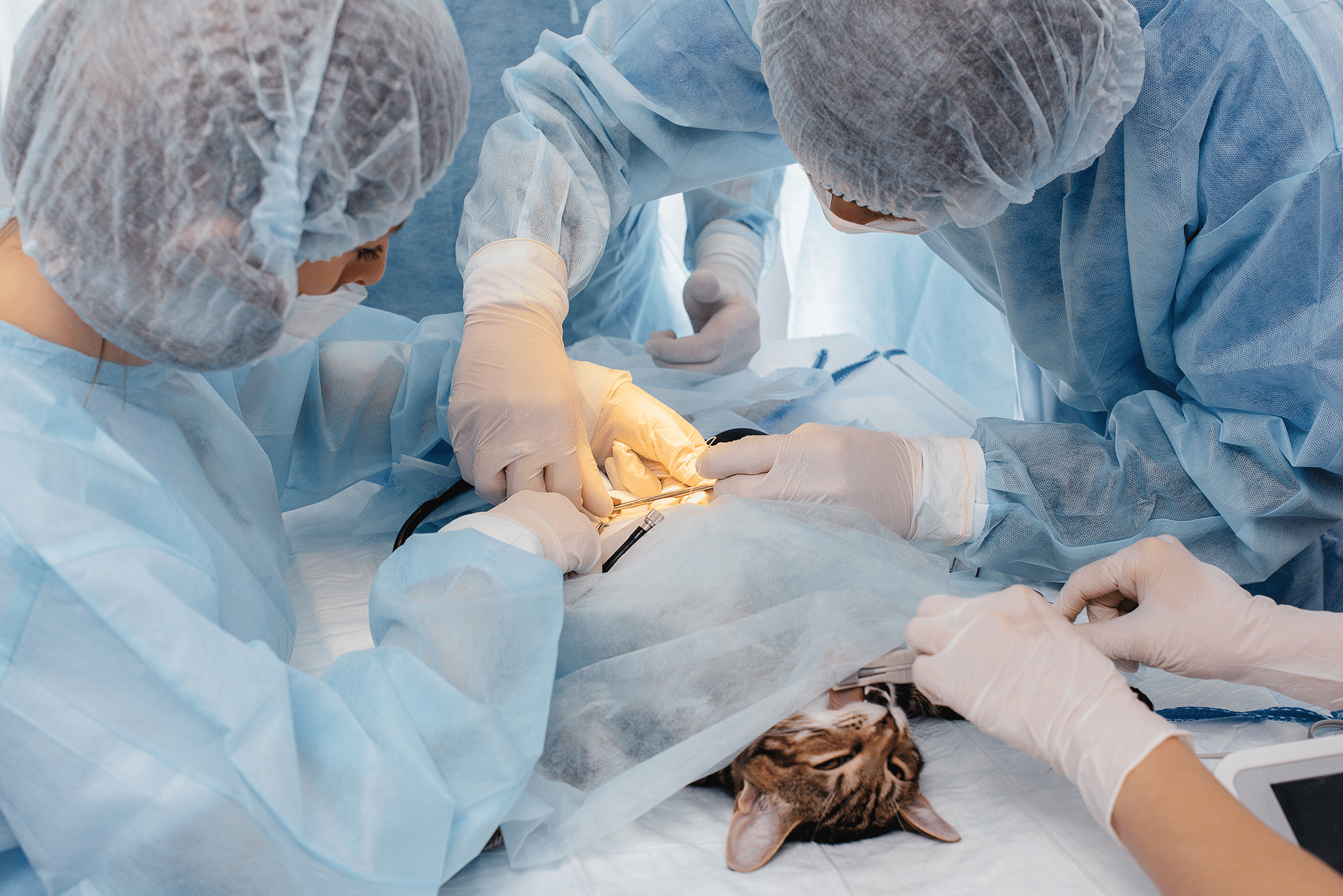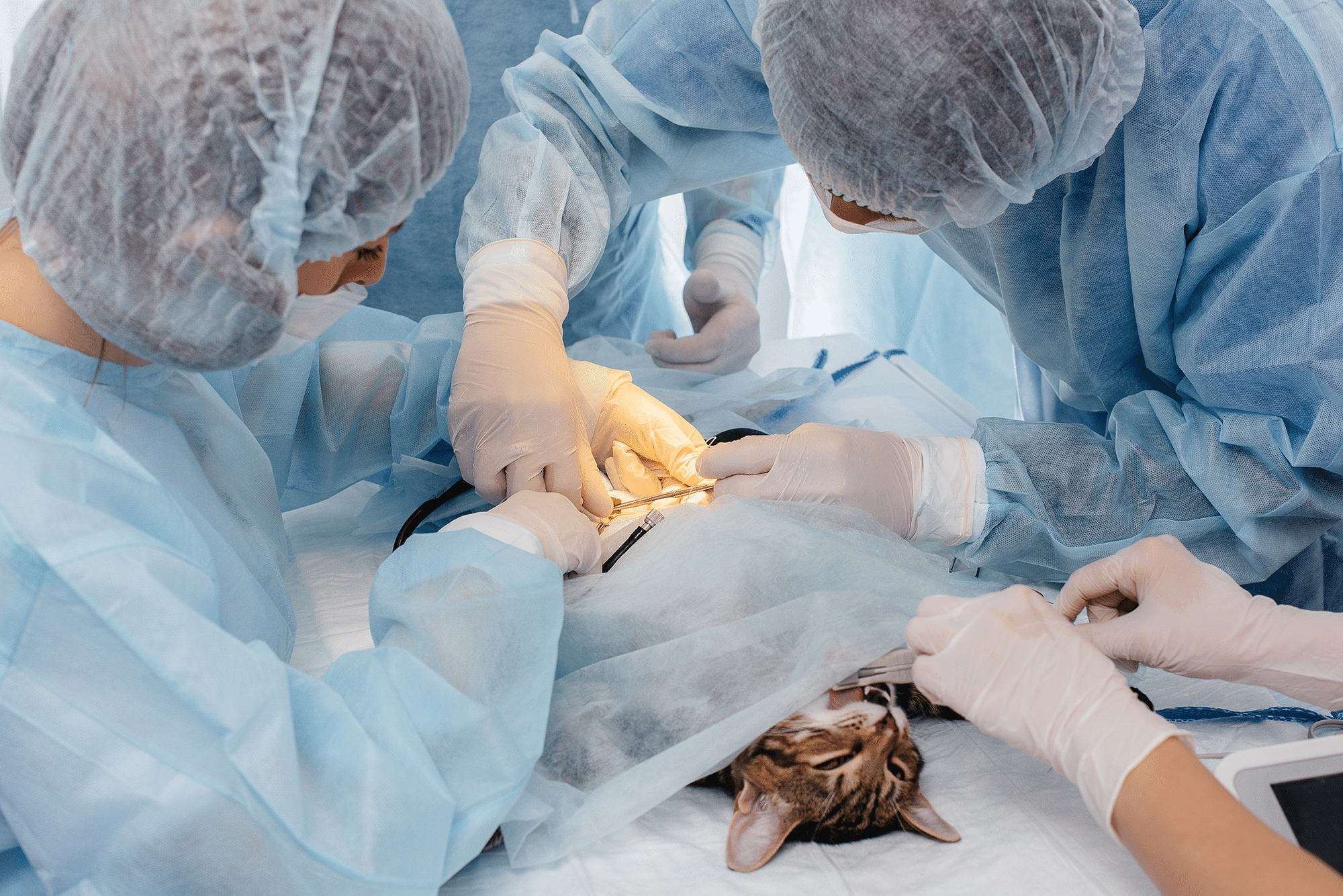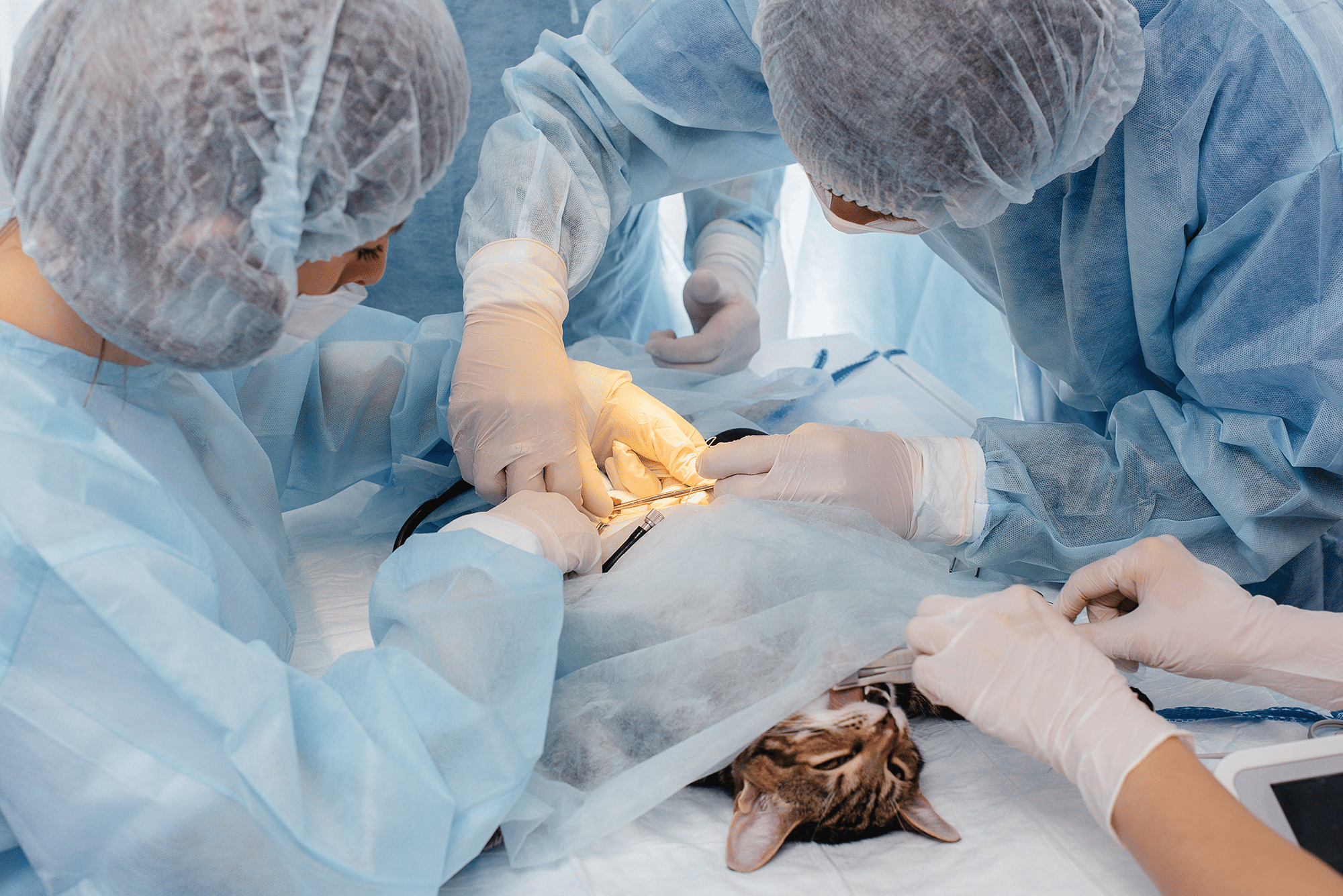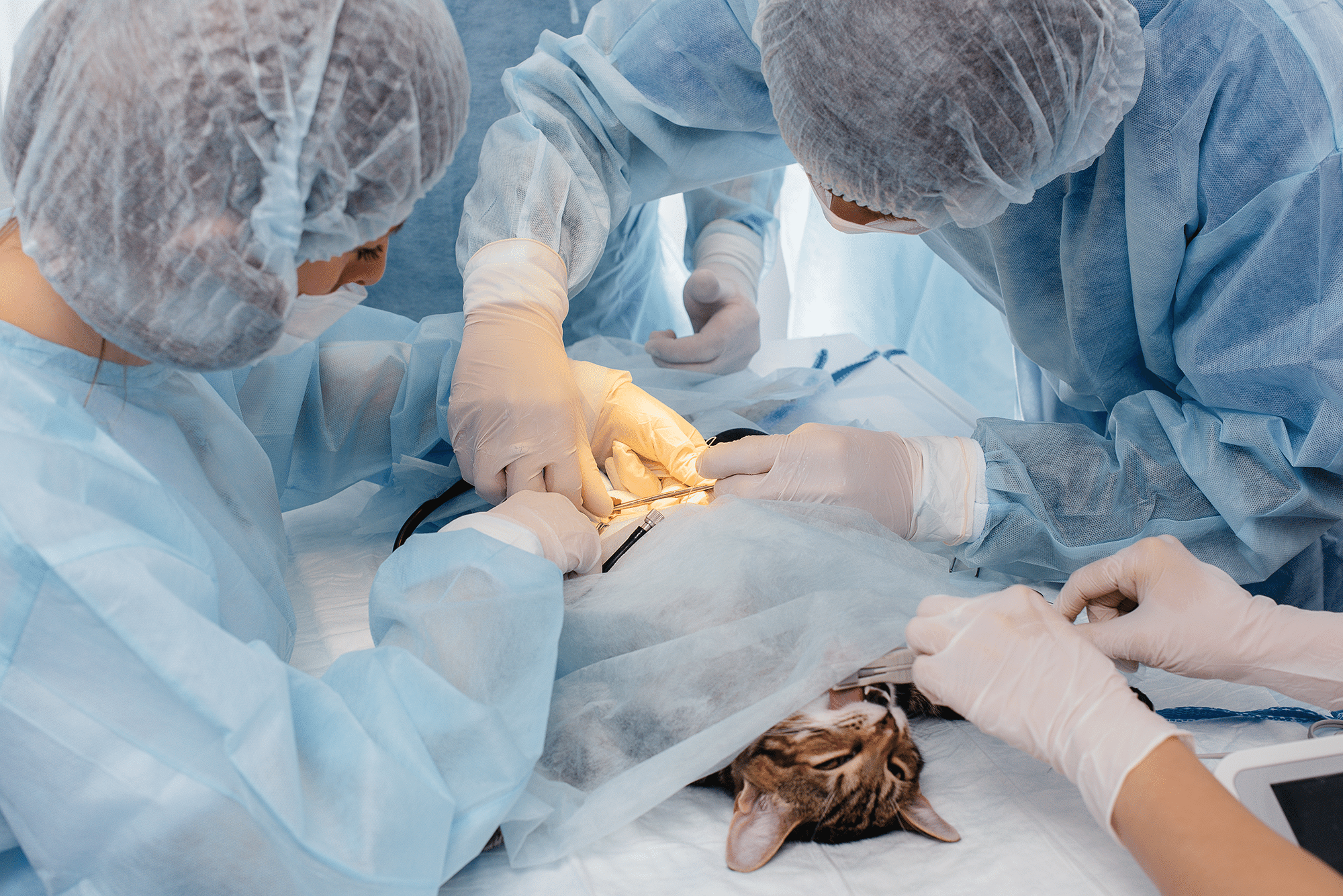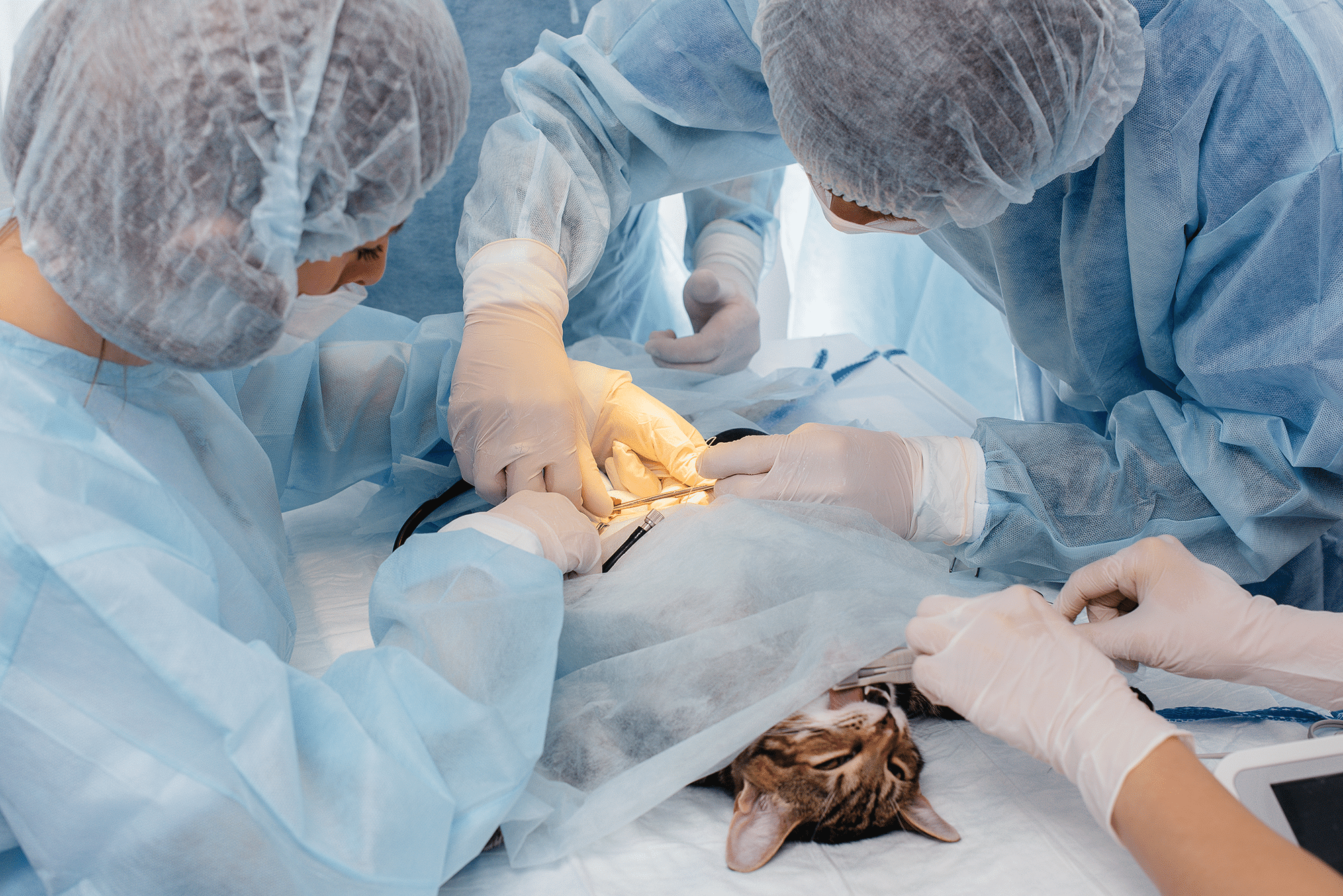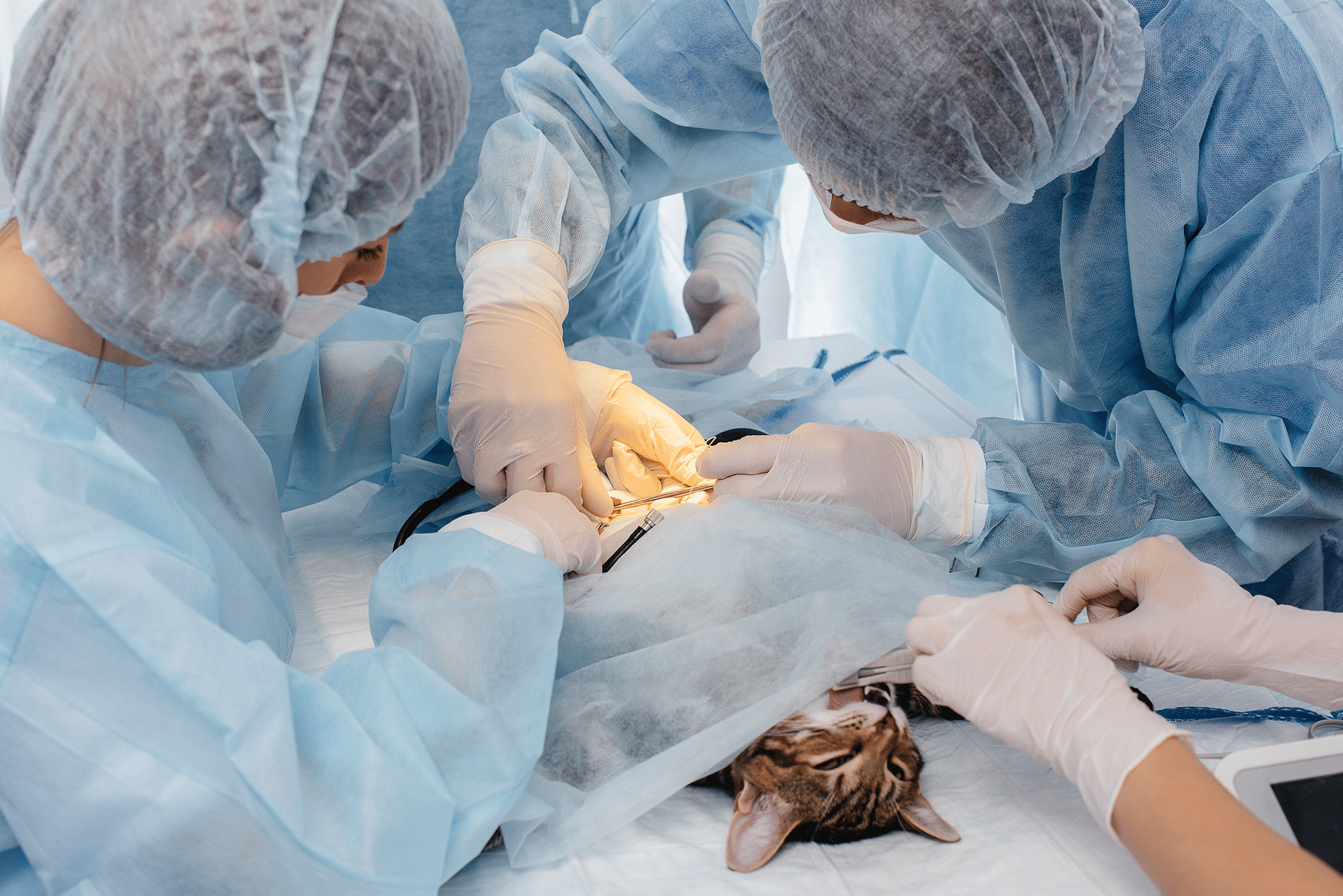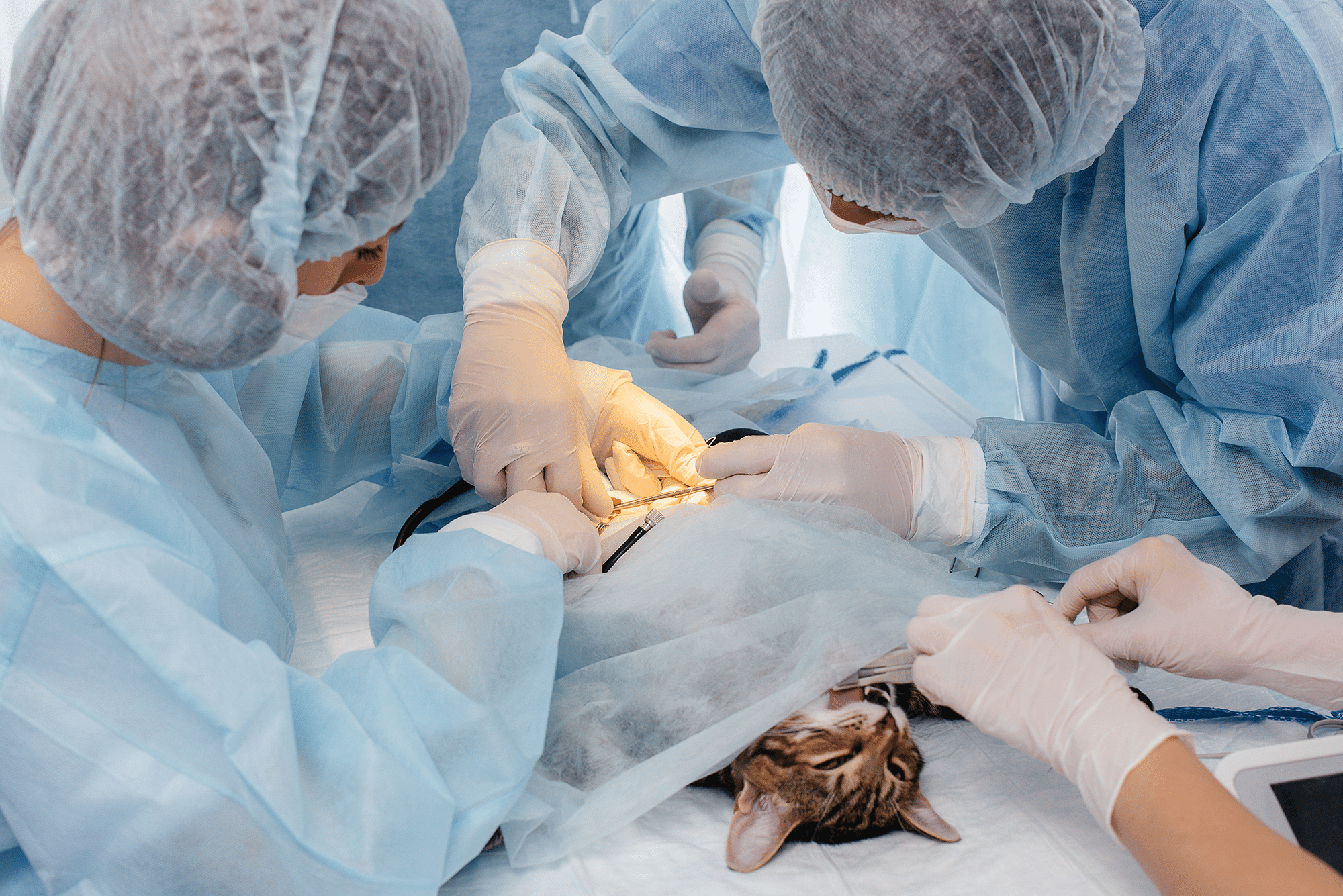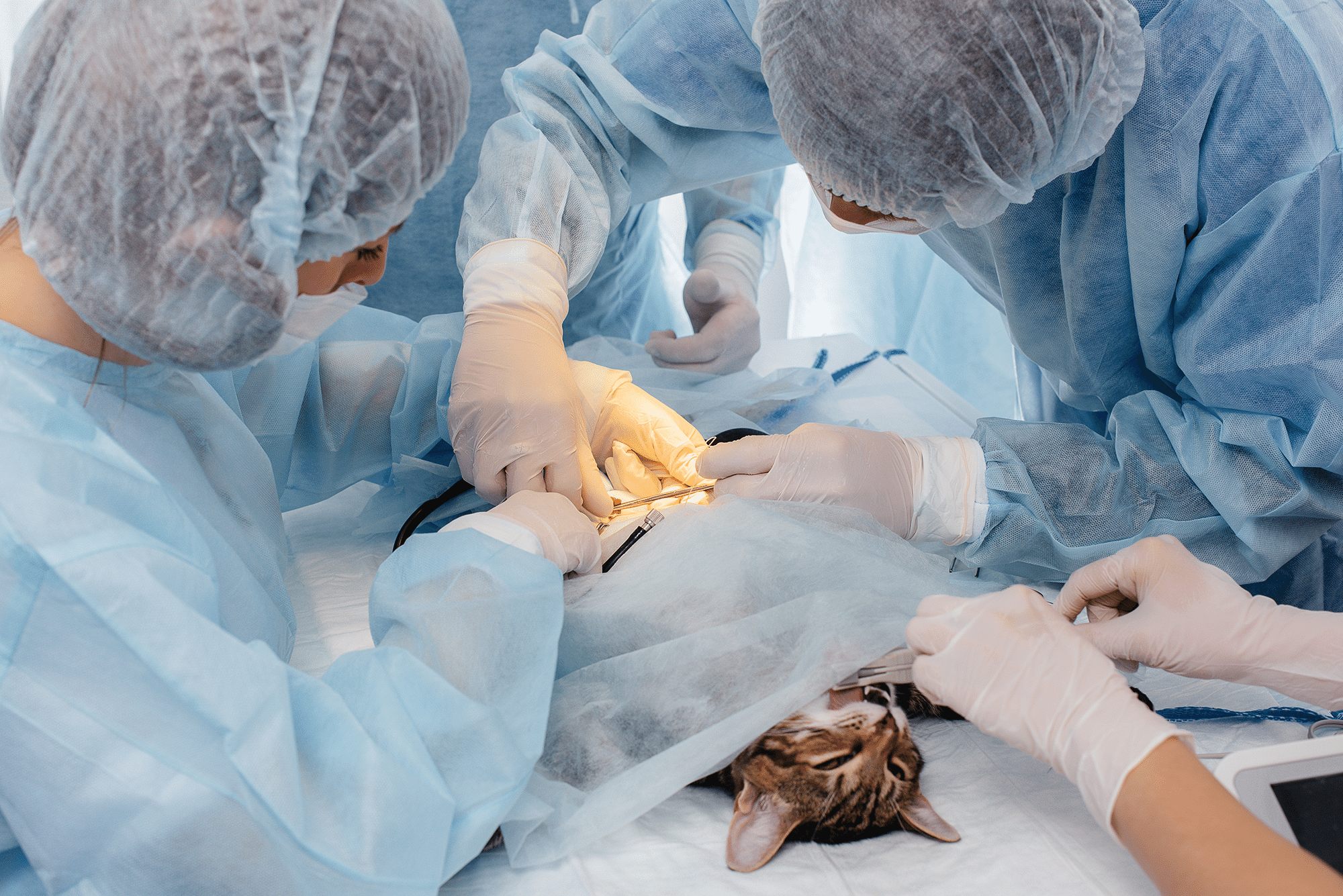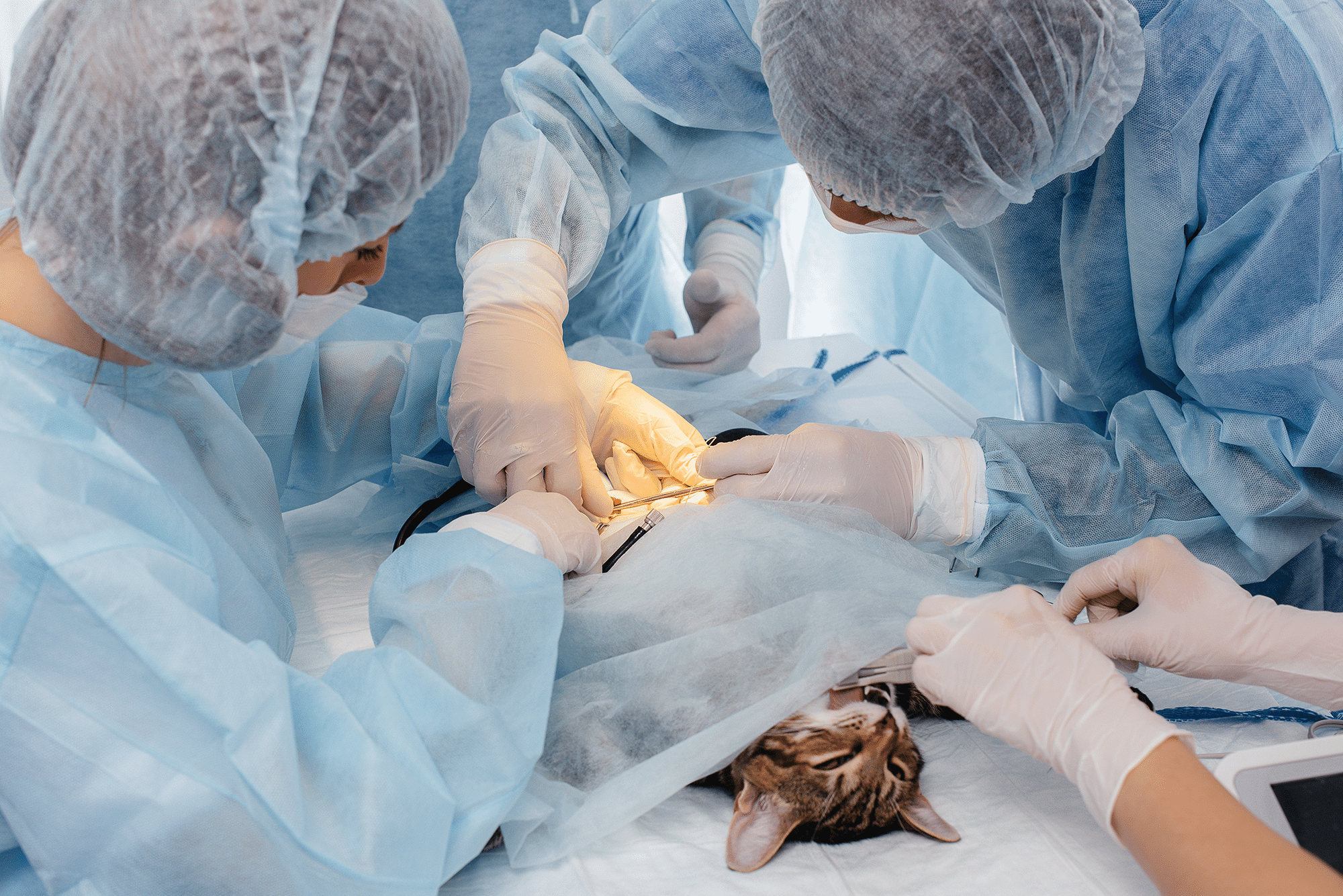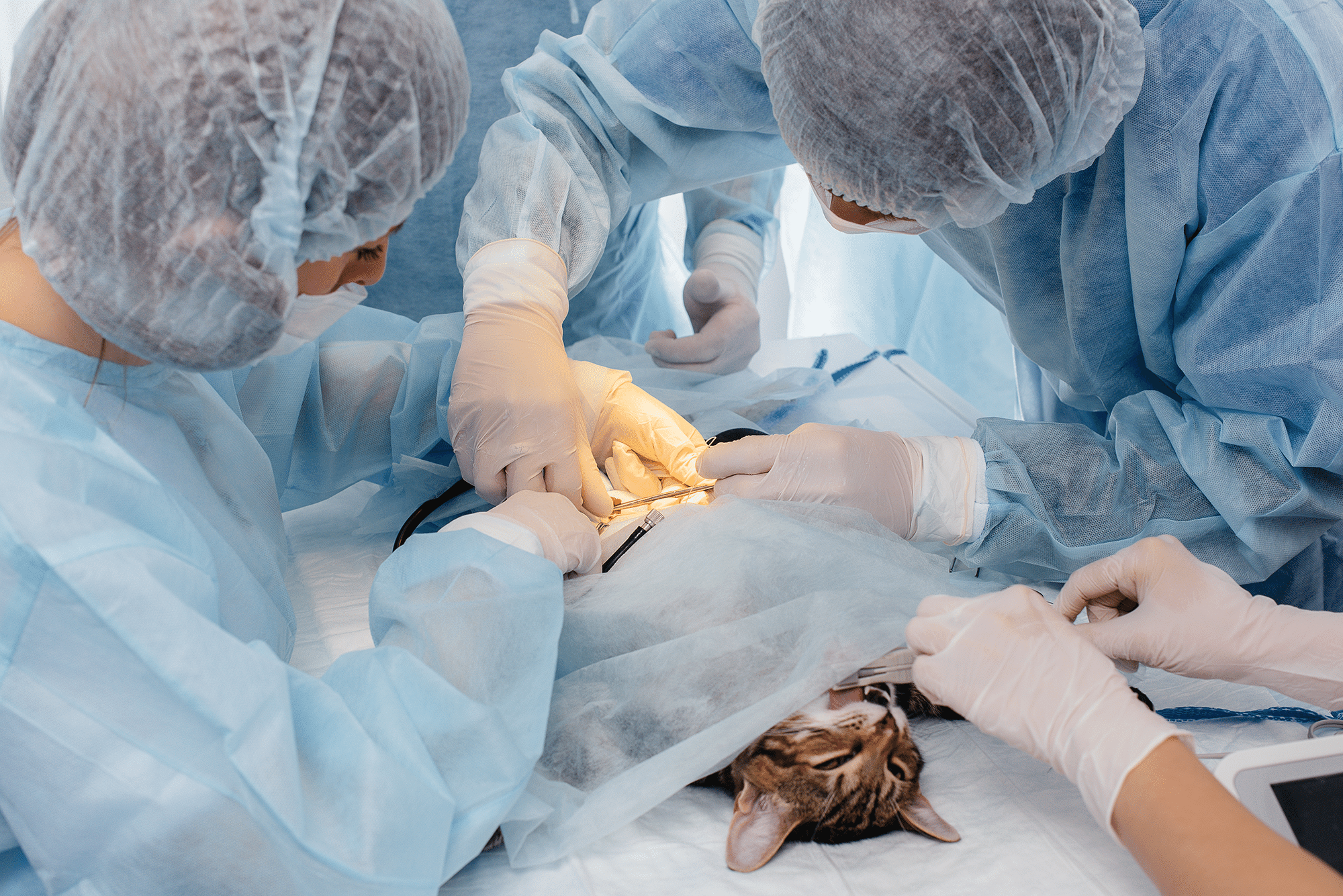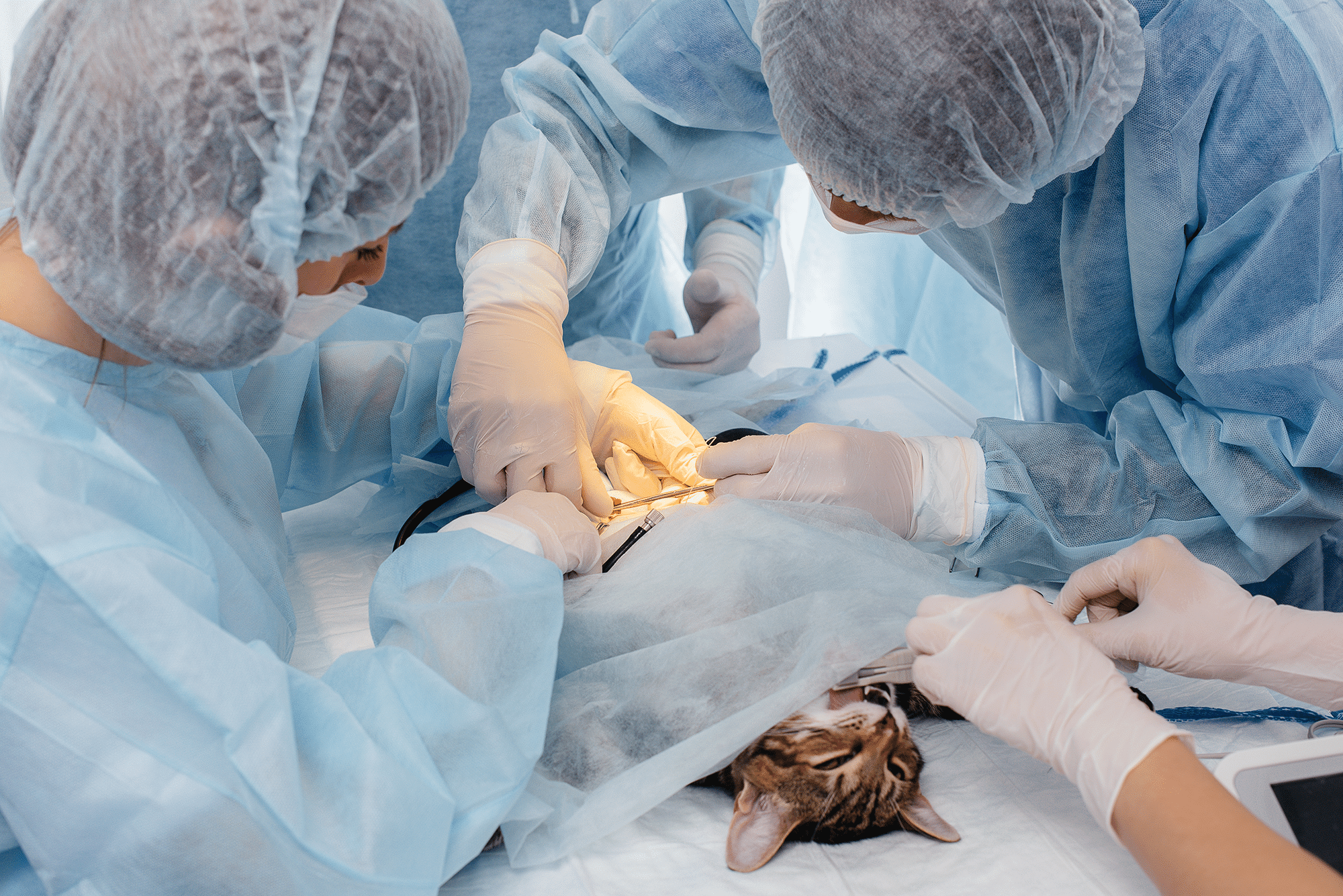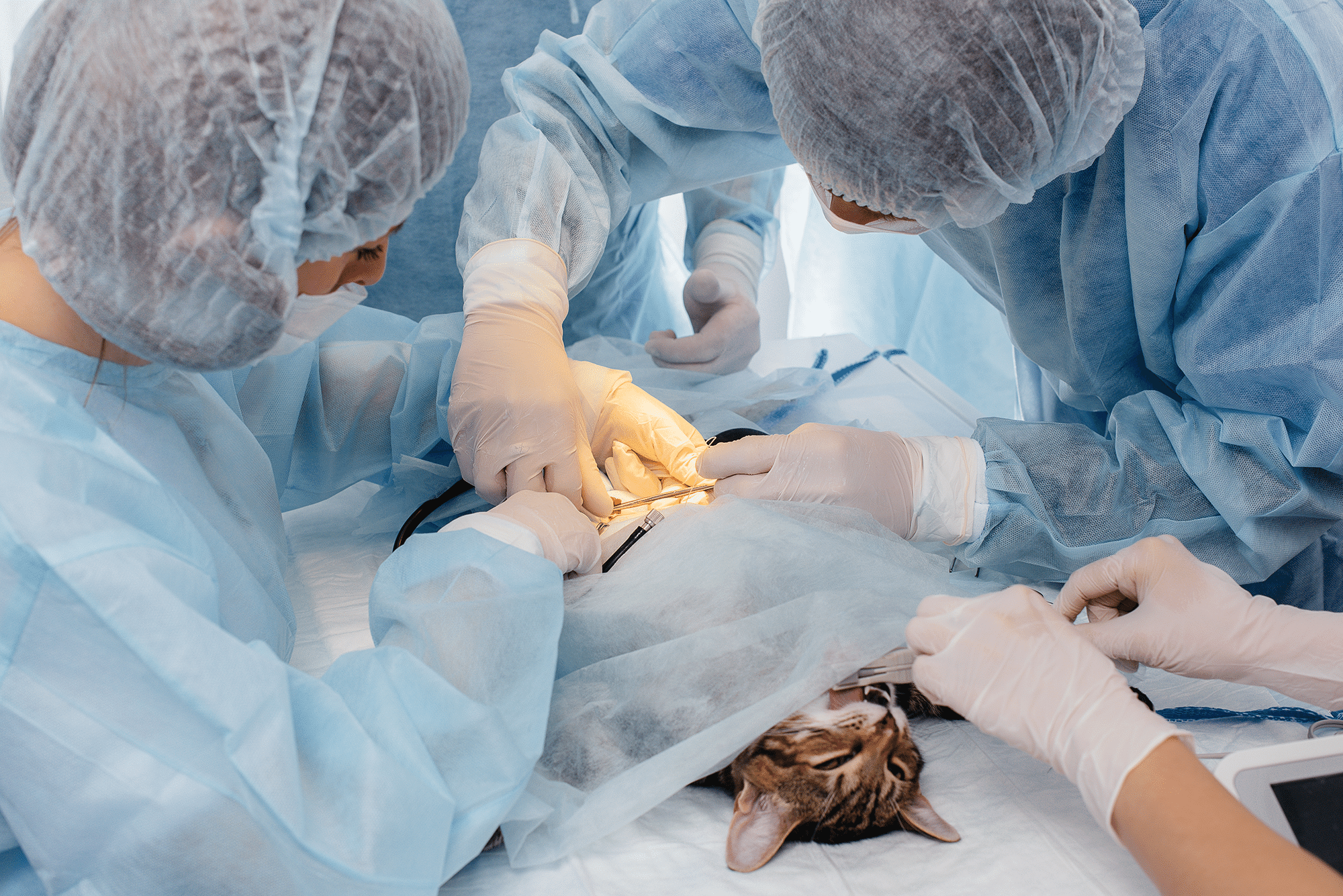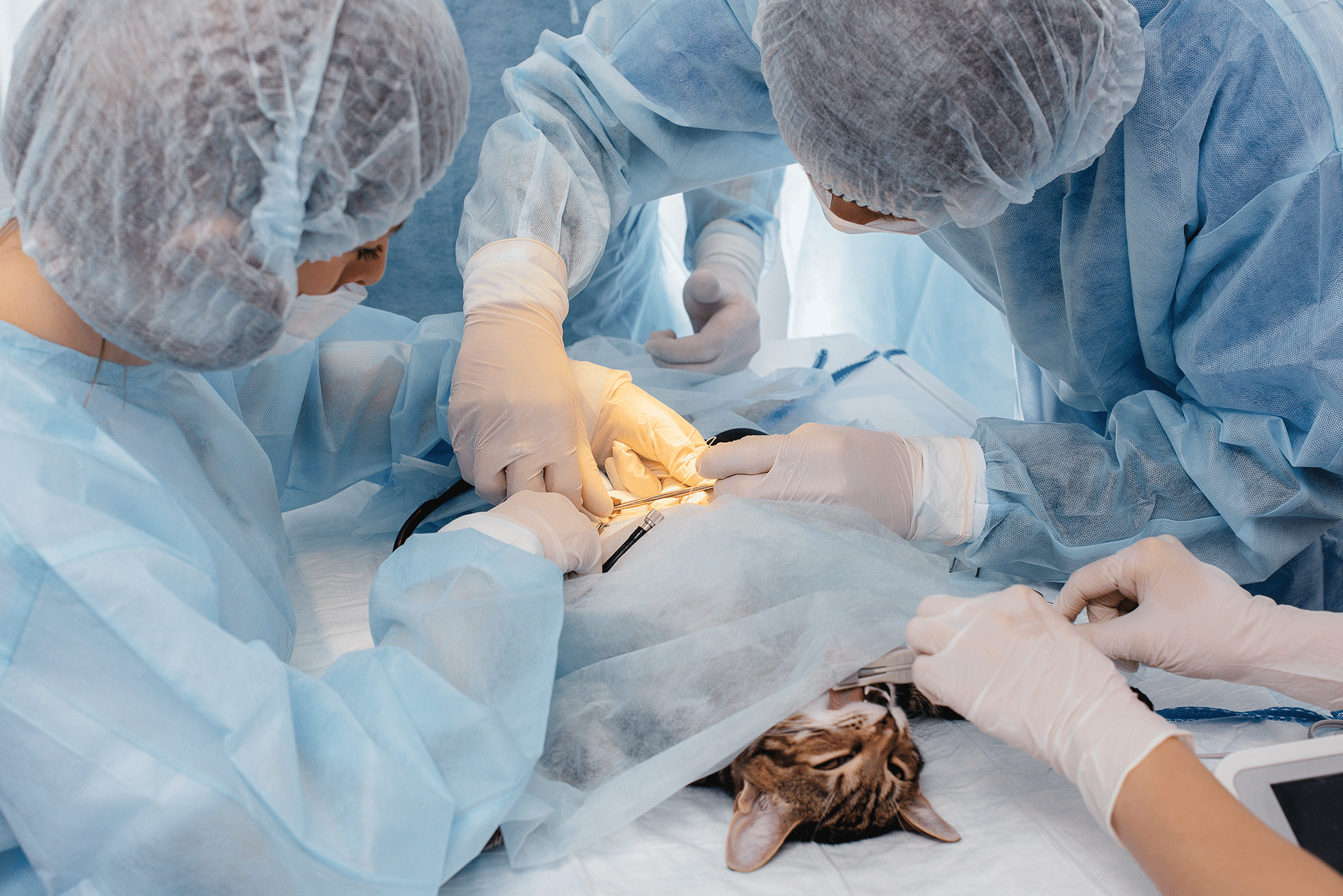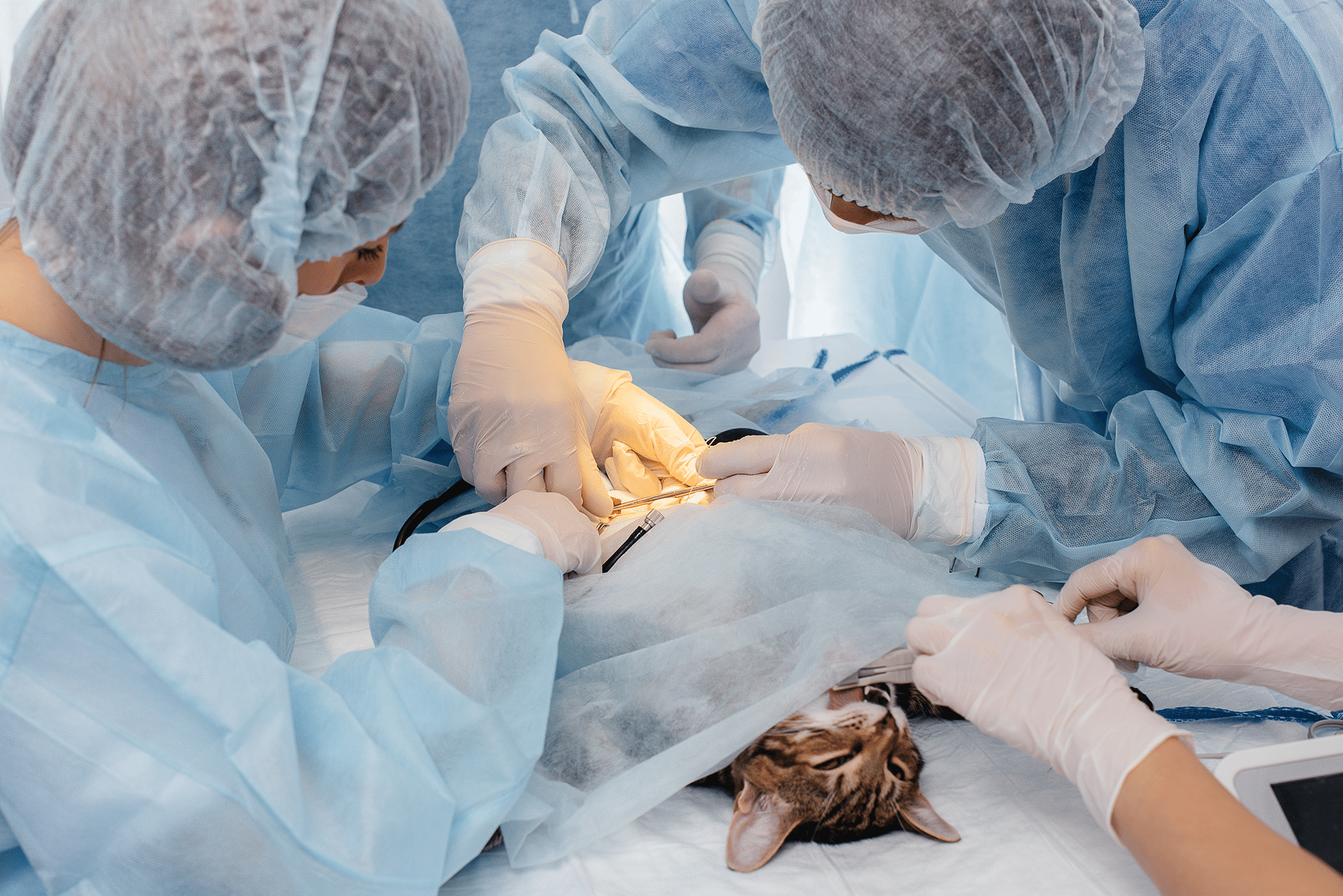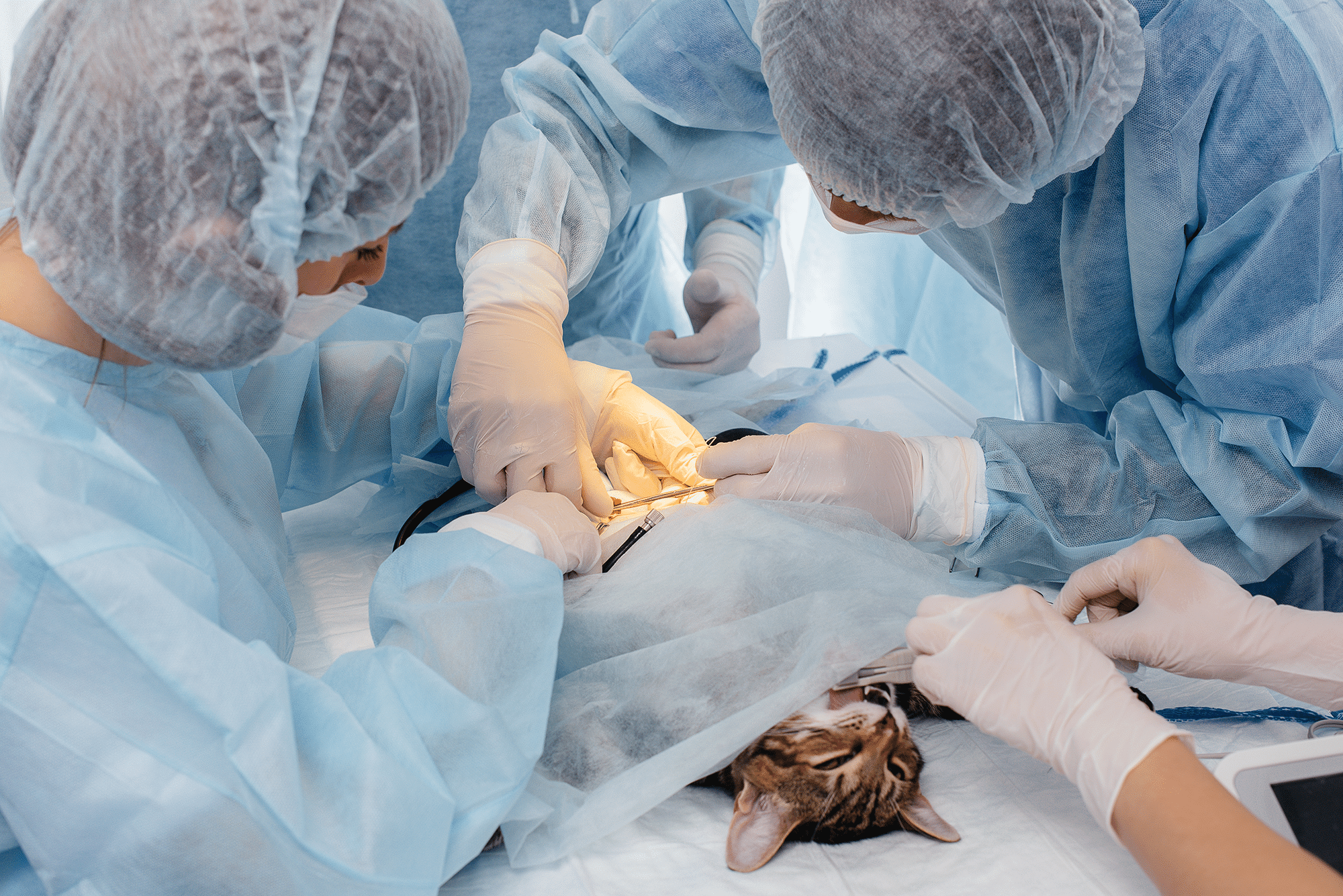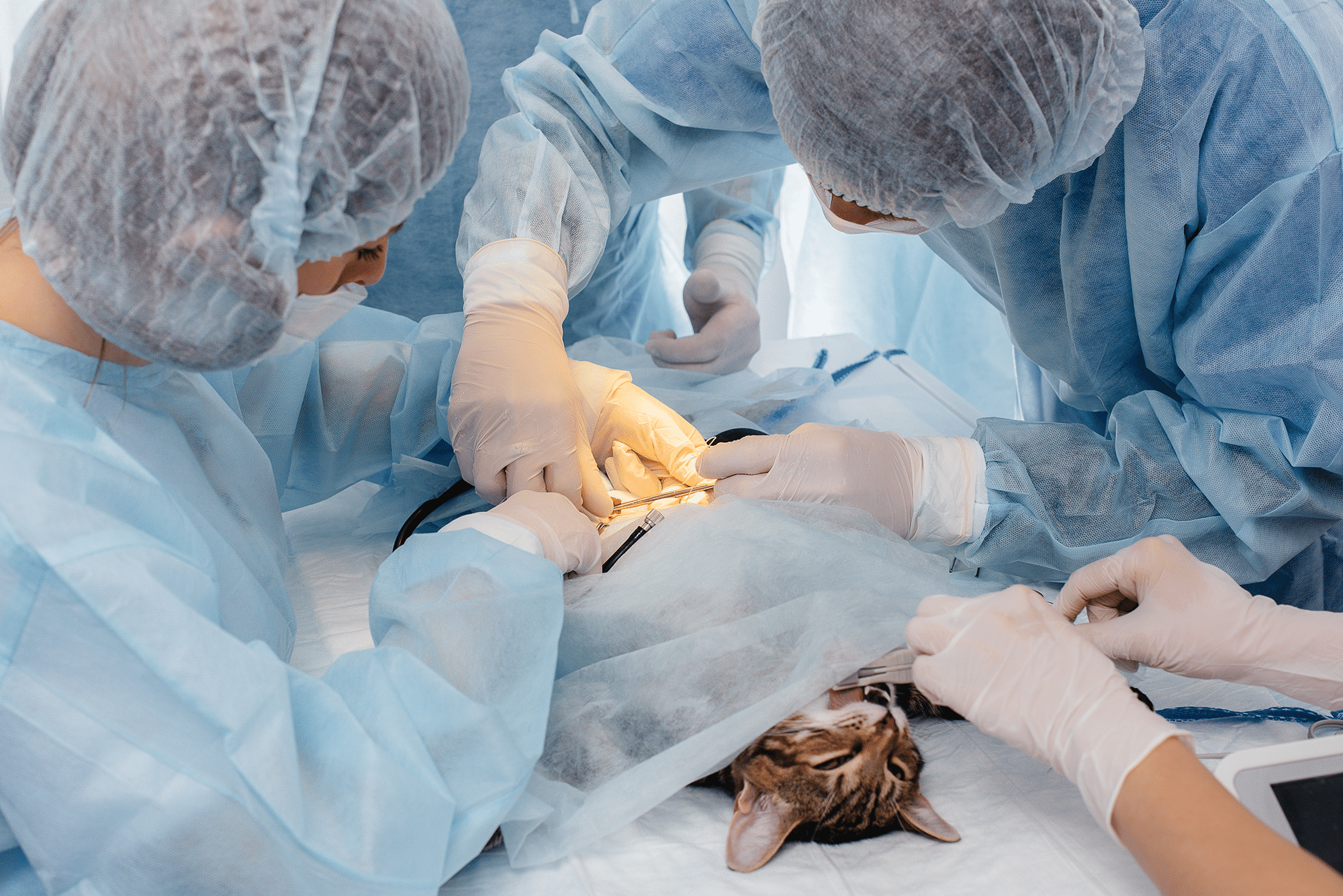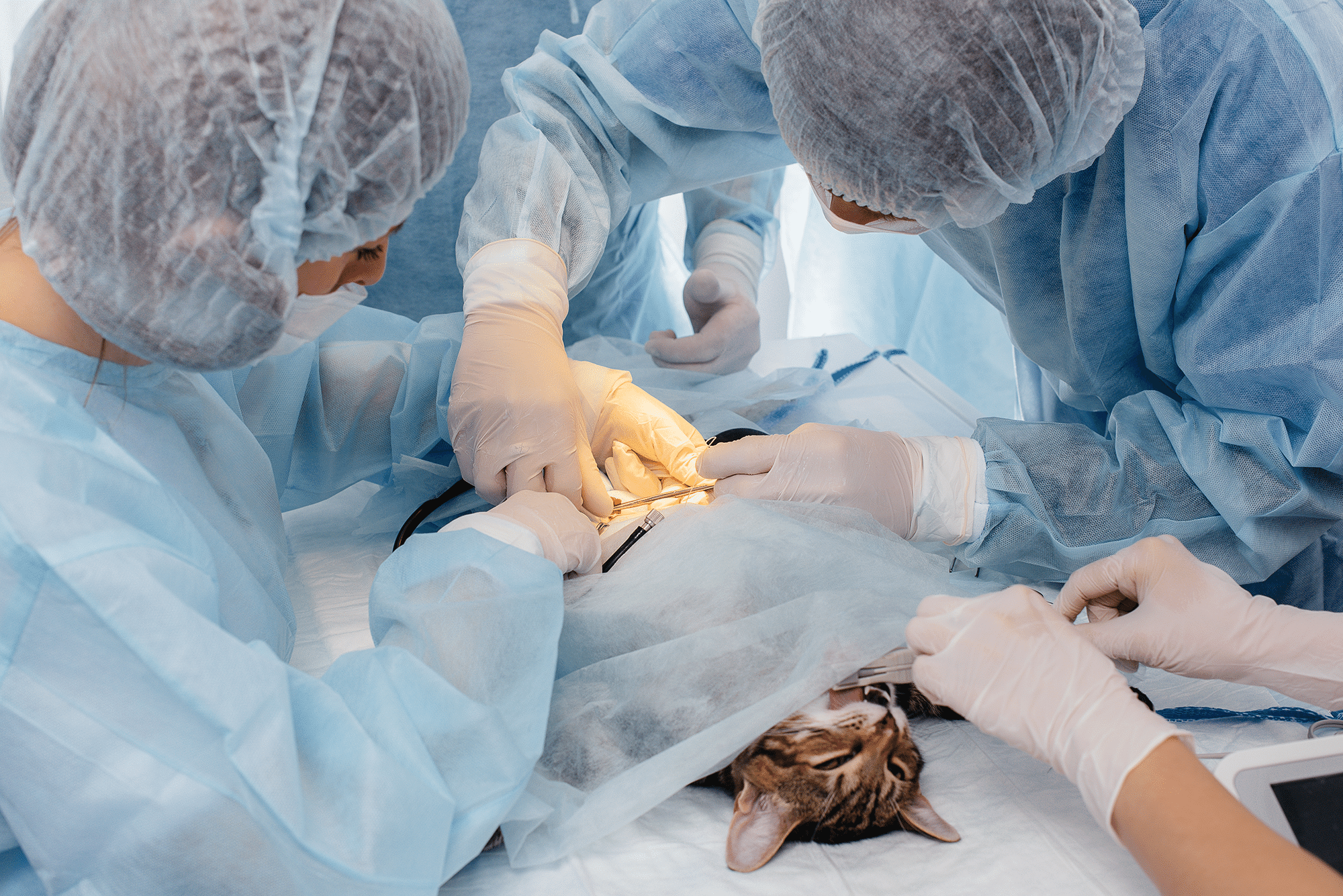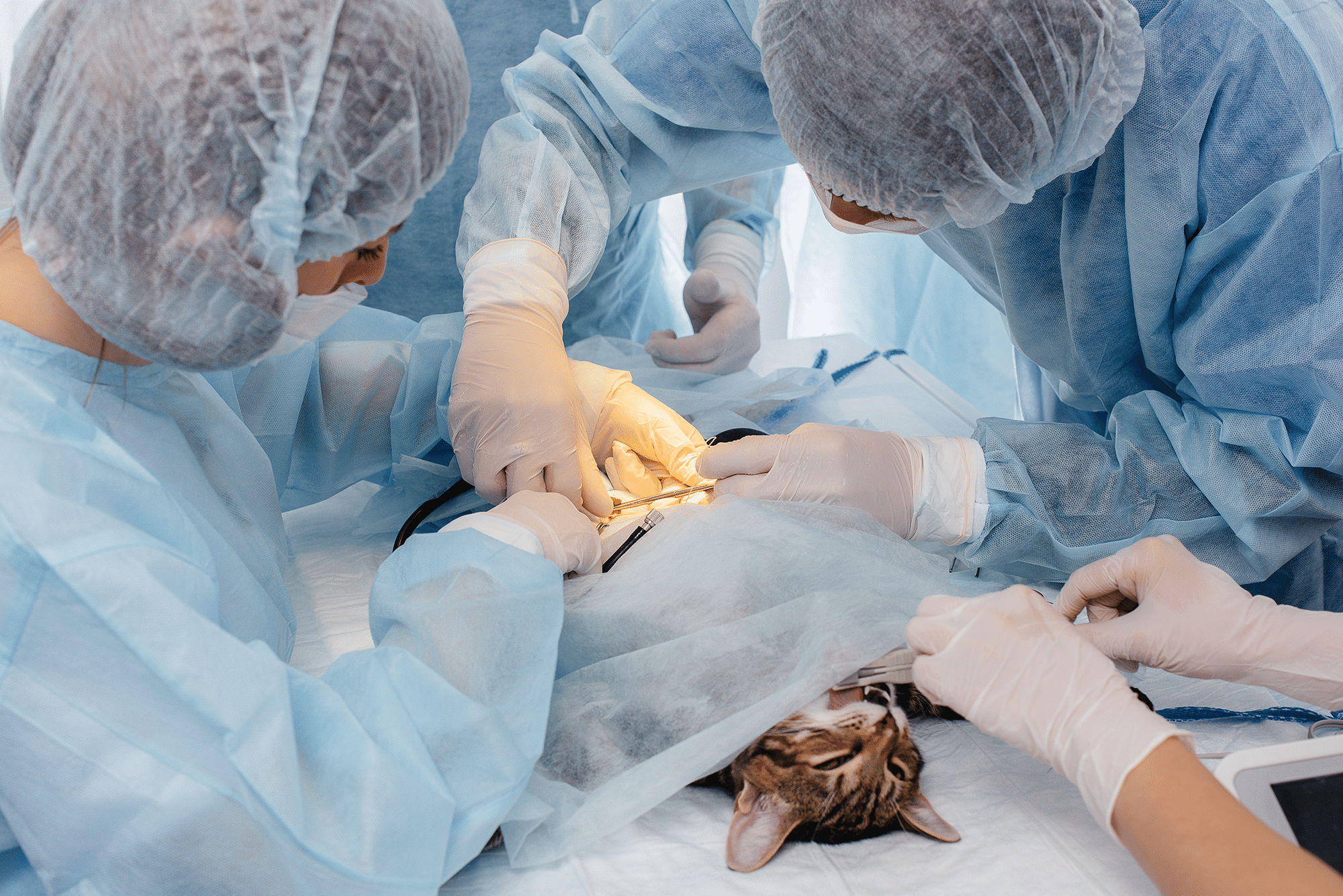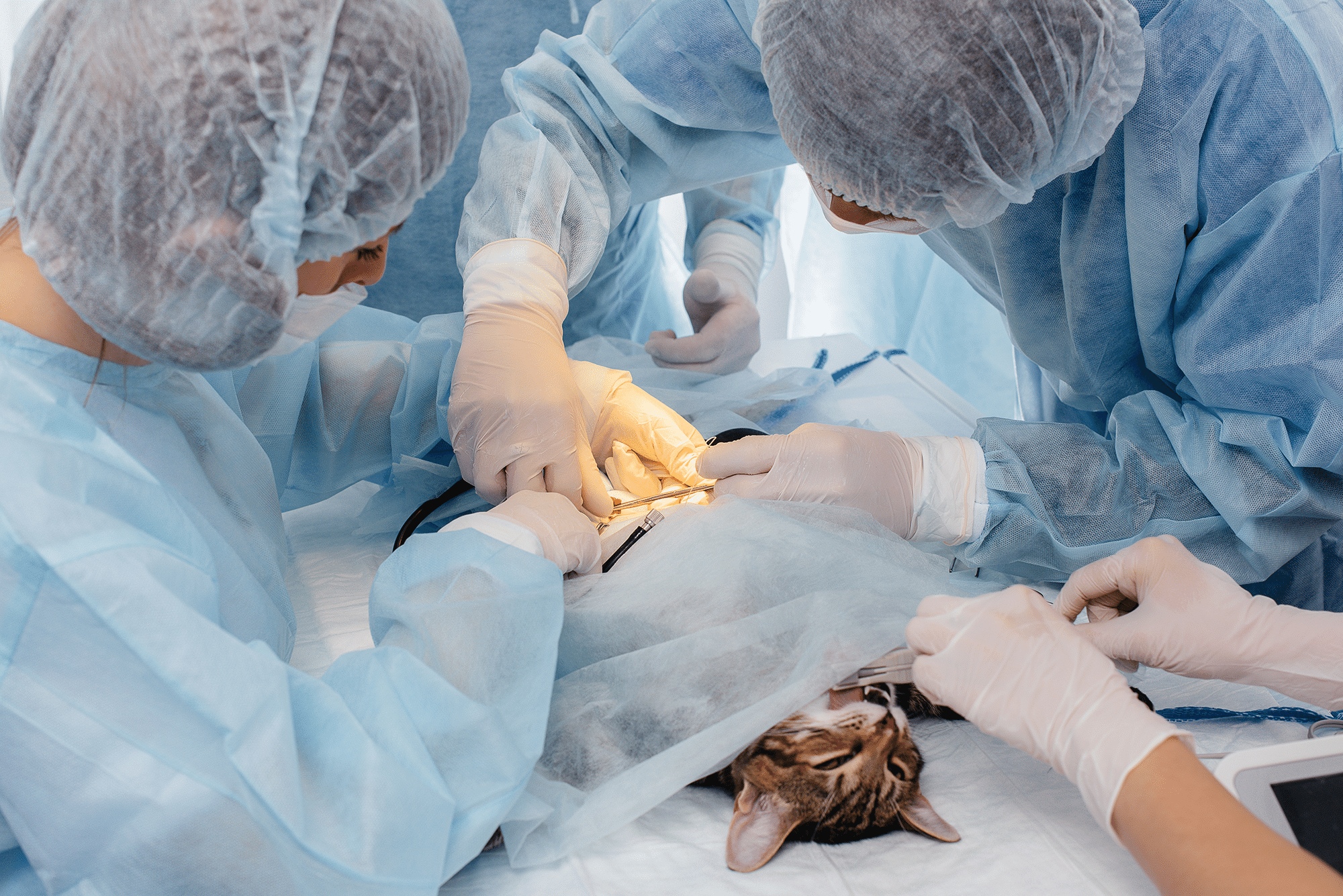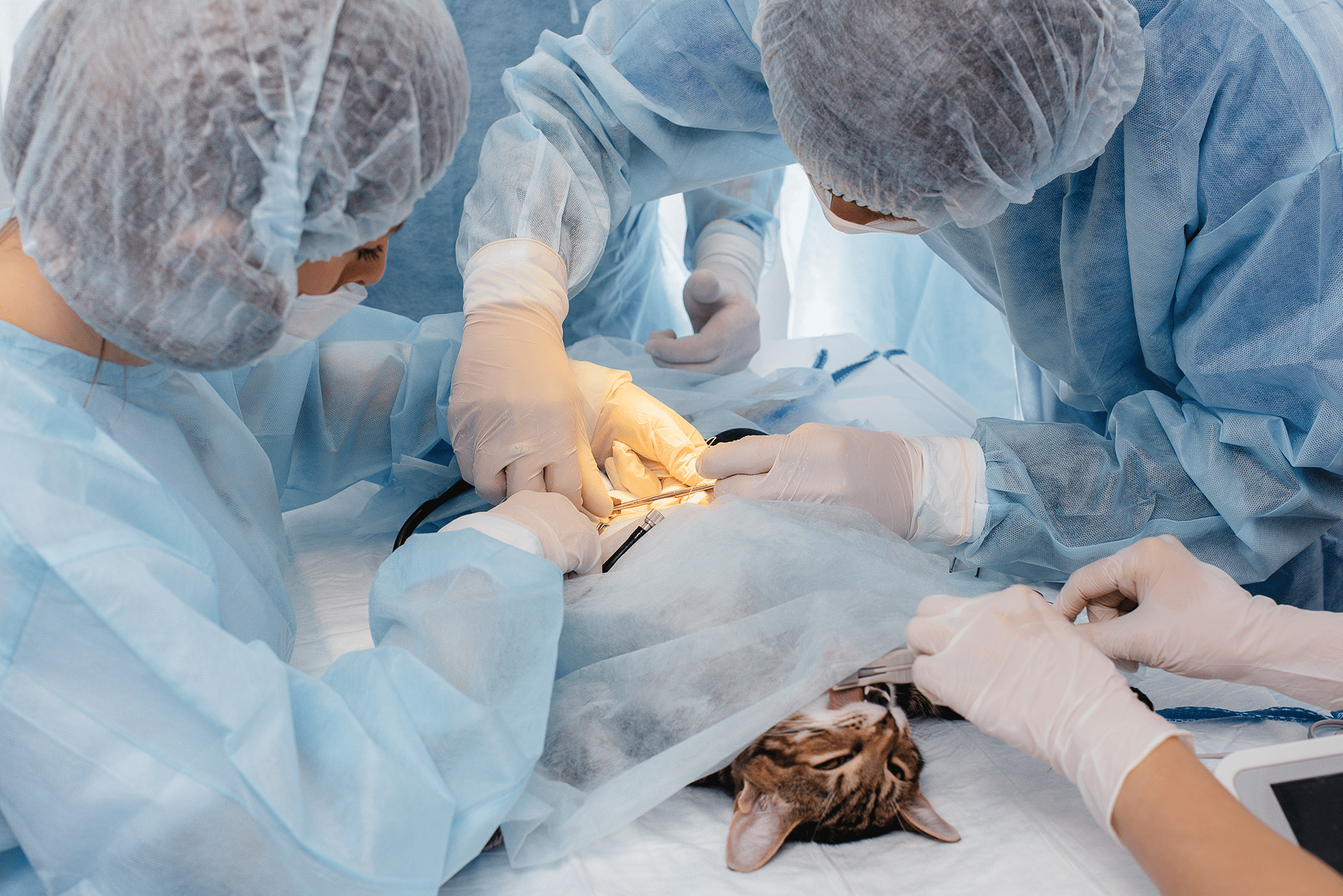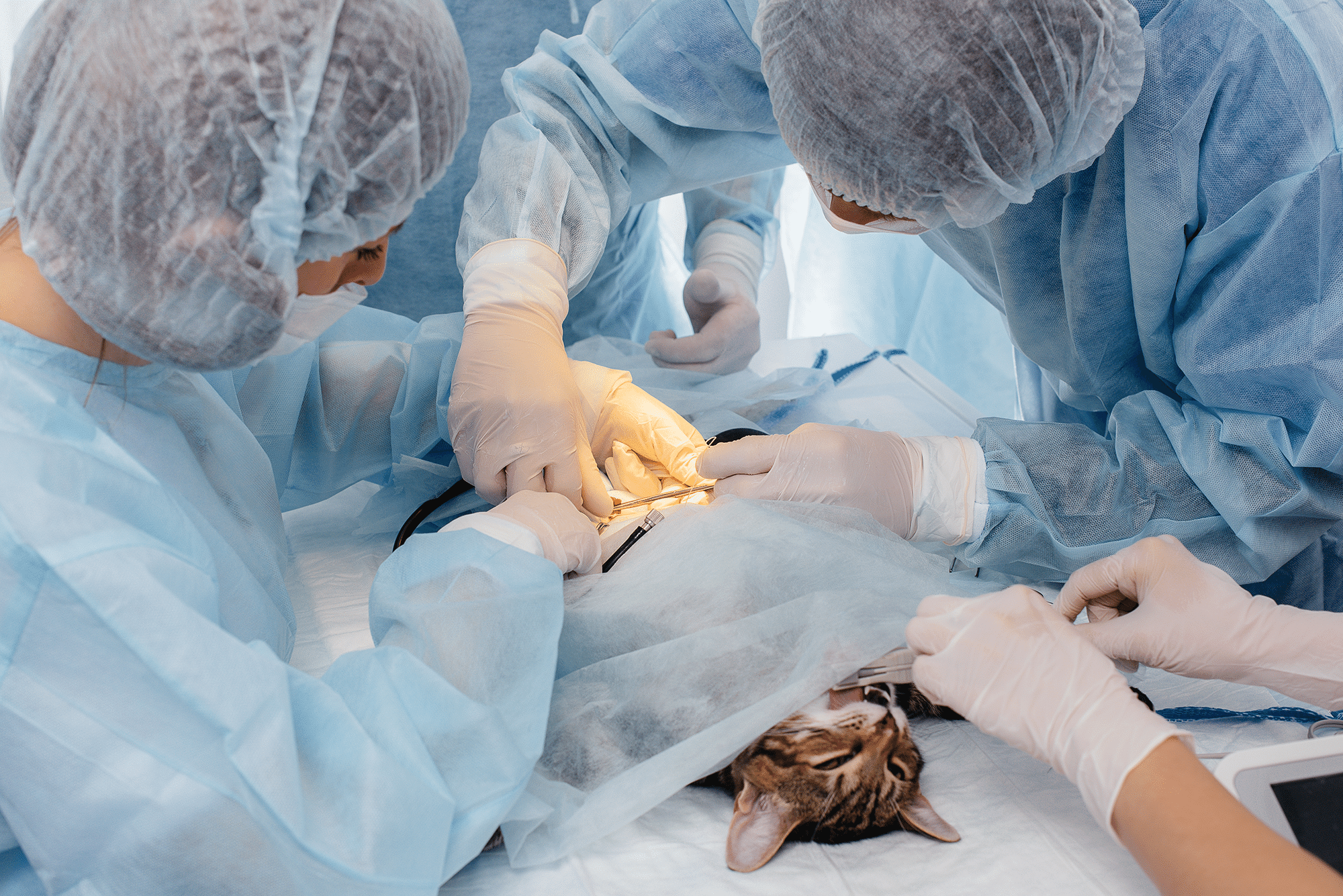Small animal surgery represents one of the most critical and high-risk aspects of veterinary practice. From routine spaying and neutering to complex orthopedic procedures, surgical interventions carry inherent risks that can expose veterinary practices to significant financial liability. Small animal surgery insurance provides specialized coverage designed to protect veterinary professionals, their practices, and their clients from the unique risks associated with surgical procedures on companion animals.
Understanding Small Animal Surgery Insurance
Small animal surgery insurance is a specialized form of professional indemnity and practice insurance specifically tailored for veterinary practices that perform surgical procedures on companion animals such as dogs, cats, rabbits, and other small pets. This coverage goes beyond standard veterinary insurance to address the heightened risks associated with surgical interventions, anesthesia administration, and post-operative care.
The insurance typically covers claims arising from surgical errors, complications during procedures, anesthesia-related incidents, post-operative infections, and equipment failures during surgery. It also provides protection against allegations of negligence in surgical planning, execution, or aftercare, ensuring that veterinary practices can continue operating even when faced with costly legal challenges.
Key Coverage Areas
Professional Indemnity Protection
Professional indemnity forms the cornerstone of small animal surgery insurance, protecting against claims of negligence, errors, or omissions during surgical procedures. This includes coverage for misdiagnosis leading to unnecessary surgery, surgical technique errors, inadequate pre-operative assessment, and failure to obtain proper informed consent. The policy typically covers legal defense costs, settlement payments, and compensation awards up to the policy limits.
Public Liability Coverage
Public liability coverage protects against third-party injury claims that may arise during surgical procedures. This could include situations where a client is injured while visiting their pet during recovery, accidents involving surgical equipment, or incidents related to the handling of surgical waste. The coverage extends to property damage claims, such as damage to client property during emergency surgical procedures.
Employers Liability Insurance
Employers liability insurance becomes particularly crucial for surgical practices given the specialized nature of the work and the potential for workplace injuries. Surgical staff face unique risks from sharp instruments, exposure to anesthetics, radiation from imaging equipment, and physical strain from lengthy procedures. This coverage protects against claims from employees who suffer work-related injuries or illnesses.
Equipment and Contents Protection
Equipment and contents insurance takes on added importance for surgical practices due to the high value and specialized nature of surgical equipment. Coverage includes surgical instruments, anesthesia machines, monitoring equipment, surgical tables, lighting systems, and imaging equipment. The policy should account for the rapid depreciation of technology and provide adequate replacement cost coverage.
Business Interruption Insurance
Business interruption insurance becomes critical when surgical equipment fails or facilities become unusable. Given that surgical procedures often cannot be easily rescheduled and may be time-sensitive, any interruption to surgical services can result in significant lost revenue and additional costs for referring cases to other practices.
Specific Surgical Risks and Coverage Needs
Anesthesia-Related Complications
Anesthesia-related complications represent one of the highest risk areas in small animal surgery. Insurance should cover claims arising from anesthetic reactions, monitoring failures, dosage errors, and equipment malfunctions. Coverage should extend to both routine procedures where anesthetic complications are unexpected and high-risk cases where complications may be more likely.
Surgical Site Infections
Surgical site infections pose ongoing liability risks that may not manifest until days or weeks after the procedure. Coverage should include claims for post-operative complications, inadequate sterile technique, and failure to provide appropriate post-operative care instructions. The policy should also cover the costs of revision surgeries and extended treatment required due to complications.
Orthopedic Surgery Risks
Orthopedic surgery carries particular risks due to the complexity of procedures and the potential for long-term complications. Coverage should address claims related to implant failures, improper surgical technique, inadequate post-operative management, and failure to achieve expected outcomes. Given the high cost of orthopedic procedures and potential for significant client investment, the coverage limits should be substantial.
Emergency Surgery Situations
Emergency surgery situations present unique challenges and risks. Coverage should address claims arising from after-hours procedures, decisions made under time pressure, and situations where full diagnostic workup may not be possible. The policy should also cover situations where emergency surgery is performed on animals with unknown medical histories.
Regulatory and Compliance Considerations
Veterinary practices must comply with various regulatory requirements that impact surgical procedures. Insurance should provide coverage for regulatory investigations, license defense, and compliance-related claims. This includes coverage for investigations by veterinary regulatory bodies, health and safety enforcement actions, and environmental compliance issues related to surgical waste disposal.
Record-keeping requirements for surgical procedures are stringent, and inadequate documentation can lead to successful claims even when the surgery was performed competently. Coverage should include protection against claims arising from inadequate surgical records, failure to maintain proper consent documentation, and issues with client communication regarding surgical risks and outcomes.
Controlled drug handling represents another compliance area with significant liability potential. Surgical practices typically maintain stocks of controlled substances for anesthesia and pain management. Insurance should cover claims related to drug security, record-keeping, and administration errors.
Risk Management and Prevention
Effective risk management can significantly reduce the likelihood of claims and may result in more favorable insurance terms. Pre-operative assessment protocols should be standardized and thoroughly documented. This includes comprehensive physical examinations, appropriate diagnostic testing, and careful evaluation of anesthetic risks.
Informed consent processes must be thorough and well-documented. Clients should understand the risks associated with the procedure, potential complications, and post-operative care requirements. Written consent forms should be comprehensive and regularly updated to reflect current best practices.
Surgical protocols should be standardized and regularly reviewed. This includes pre-operative preparation, sterile technique, anesthetic monitoring, and post-operative care. Regular training and competency assessment for all surgical staff helps ensure consistent high standards.
Equipment maintenance and calibration programs are essential for preventing equipment-related complications. Regular servicing of anesthetic machines, monitoring equipment, and surgical instruments helps ensure reliable performance and reduces the risk of equipment failures during critical procedures.
Claims Management and Response
When surgical complications occur, prompt and appropriate response is crucial for minimizing liability exposure. Immediate veterinary care should be provided to address any complications, with detailed documentation of the response and treatment provided. Client communication should be honest and empathetic while avoiding admissions of liability.
Early notification to insurance providers is essential when potential claims arise. Many policies require prompt notification of circumstances that may give rise to claims, and failure to notify promptly may prejudice coverage. Insurance providers can often provide valuable guidance on claims management and may be able to arrange specialist veterinary opinions to support the defense.
Legal representation should be obtained early when formal claims are made. Insurance policies typically provide access to specialist legal advisors experienced in veterinary negligence claims. These advisors can help navigate the complex legal and technical issues involved in surgical negligence claims.
Cost Factors and Policy Selection
Premium costs for small animal surgery insurance vary significantly based on several factors. The volume and complexity of surgical procedures performed directly impact premiums, with practices performing high-risk procedures such as orthopedic surgery typically paying higher premiums. The experience and qualifications of surgical staff also influence costs, with board-certified surgeons often attracting more favorable rates.
Claims history plays a significant role in premium calculation. Practices with clean claims records may benefit from no-claims discounts, while those with previous claims may face higher premiums or policy restrictions. The effectiveness of risk management programs may also be considered in premium calculations.
Coverage limits should be carefully considered based on the practice's exposure. High-value surgical procedures and the potential for significant economic losses to clients require substantial coverage limits. Practices should consider both per-claim limits and annual aggregate limits when selecting coverage.
Deductible levels impact both premiums and out-of-pocket costs when claims arise. Higher deductibles reduce premiums but increase the practice's financial exposure for smaller claims. The deductible level should be set at a level the practice can comfortably absorb without financial strain.
Emerging Trends and Future Considerations
Advances in surgical technology continue to create new opportunities and risks for small animal surgery. Minimally invasive surgical techniques, advanced imaging systems, and robotic surgery systems offer improved outcomes but also present new liability exposures. Insurance coverage should be regularly reviewed to ensure it addresses emerging technologies and techniques.
Client expectations continue to rise as surgical techniques advance and outcomes improve. This creates pressure for increasingly complex procedures and higher standards of care. Insurance coverage should account for these evolving expectations and the potential for claims based on failure to meet elevated standards.
Telemedicine and remote monitoring technologies are increasingly integrated into surgical care, particularly for post-operative monitoring. These technologies create new liability exposures related to technology failures, data security, and remote care decisions. Insurance policies should address these emerging risks.
Conclusion
Small animal surgery insurance represents an essential investment for veterinary practices performing surgical procedures. The specialized nature of surgical risks requires coverage that goes beyond standard veterinary insurance to address the unique exposures associated with surgical interventions. Comprehensive coverage should include professional indemnity, public liability, employers liability, equipment protection, and business interruption insurance.
Effective risk management, combined with appropriate insurance coverage, provides the foundation for successful surgical practice. Regular review of coverage needs, claims experience, and emerging risks ensures that protection remains adequate as practices evolve and grow.
The investment in comprehensive small animal surgery insurance provides peace of mind for veterinary professionals, enabling them to focus on providing excellent surgical care while knowing they are protected against the inherent risks of surgical practice. For veterinary practices serious about surgical excellence, specialized insurance coverage is not just advisable – it is essential for long-term success and sustainability.


 0330 127 2333
0330 127 2333
